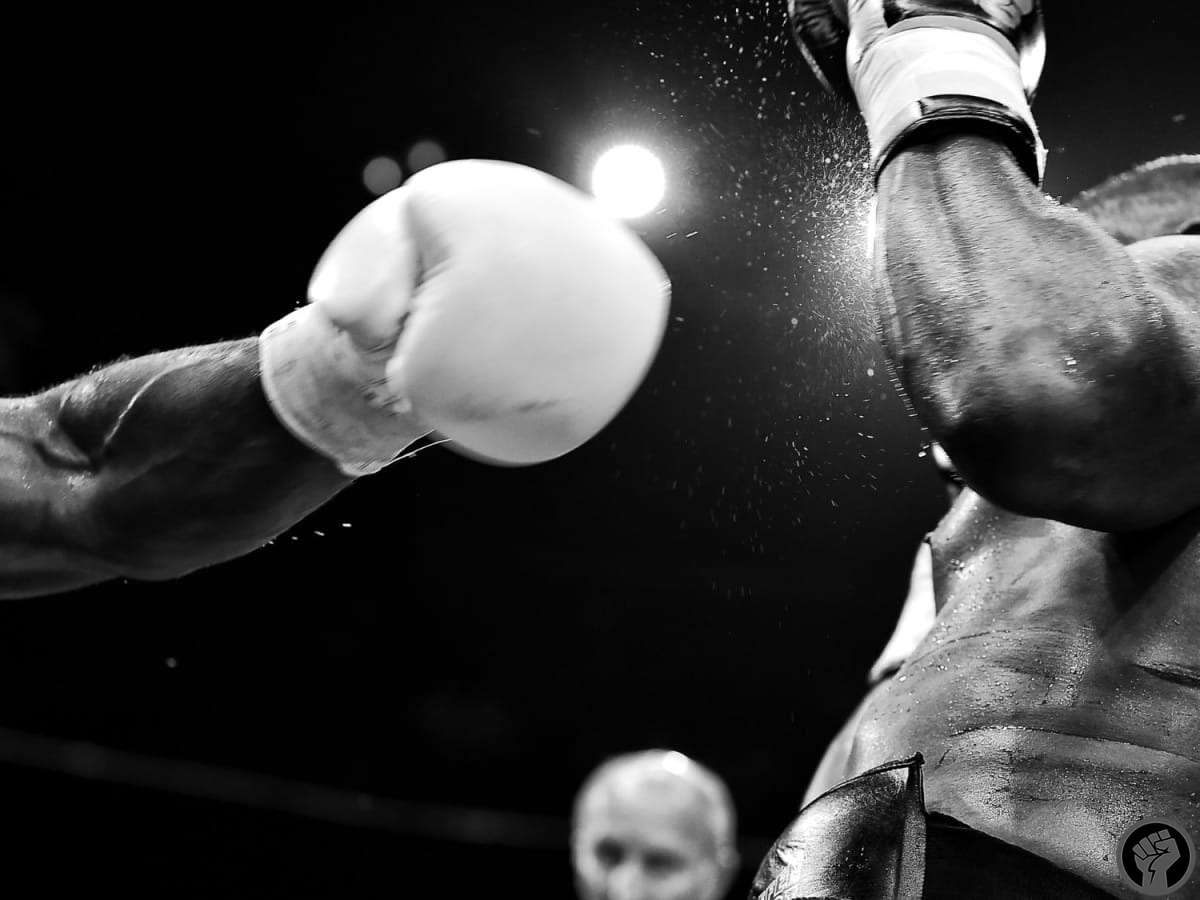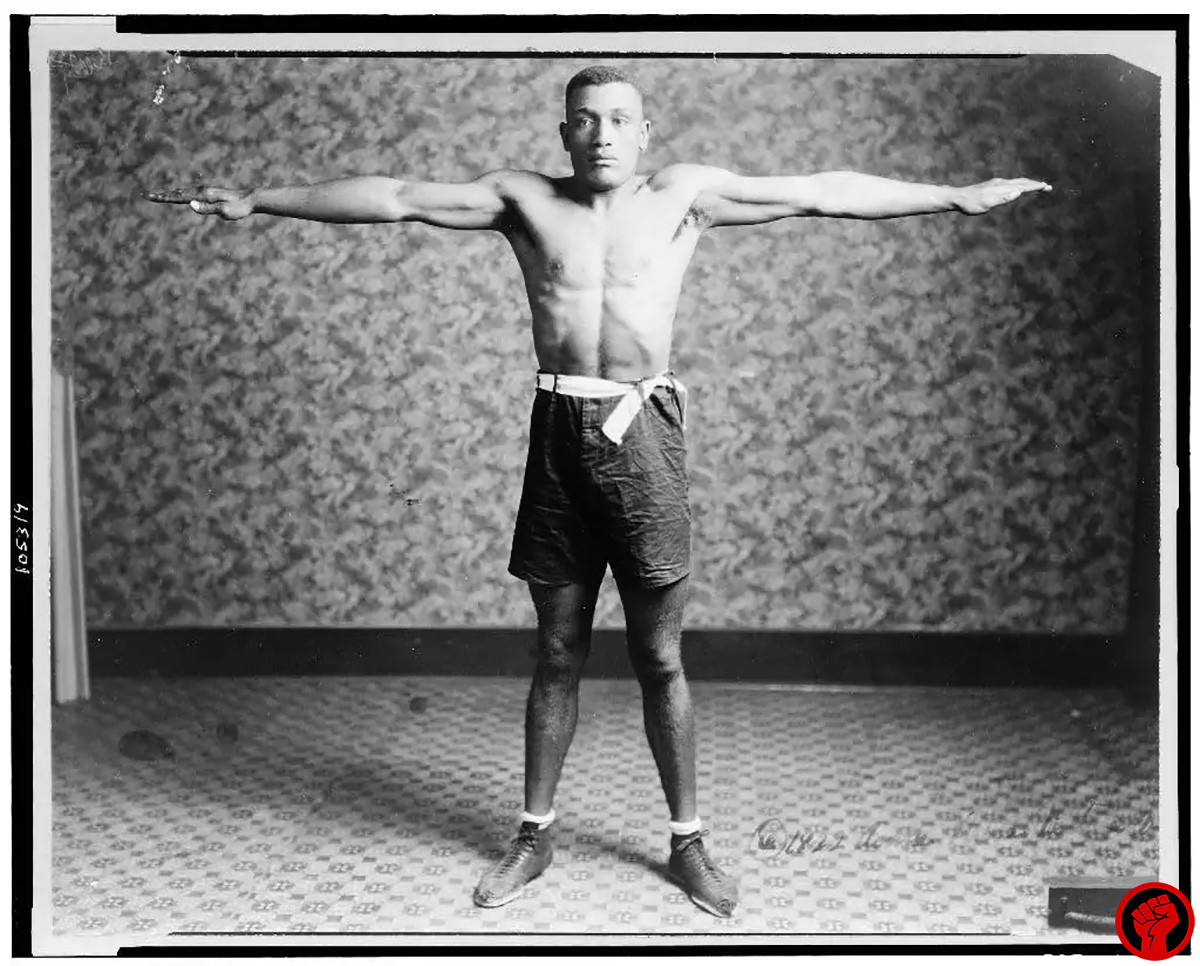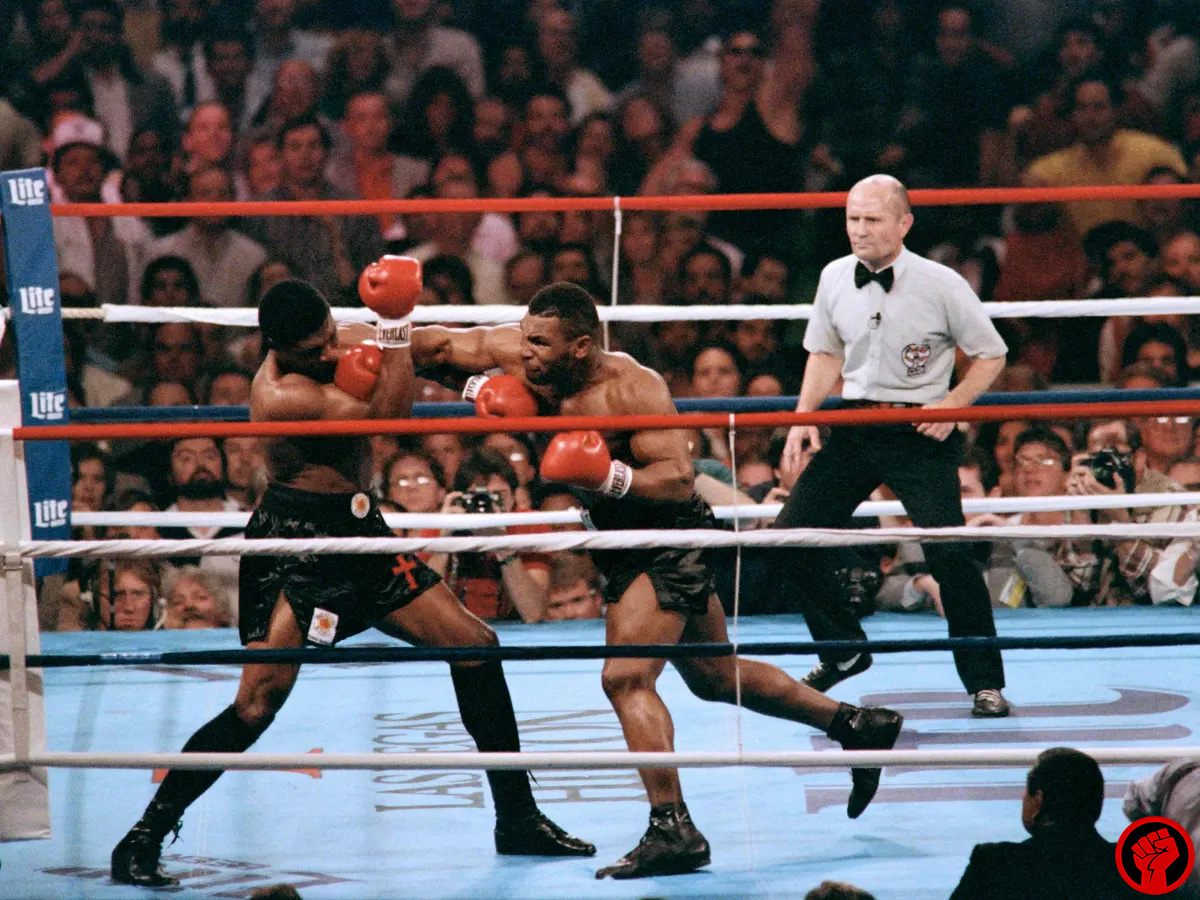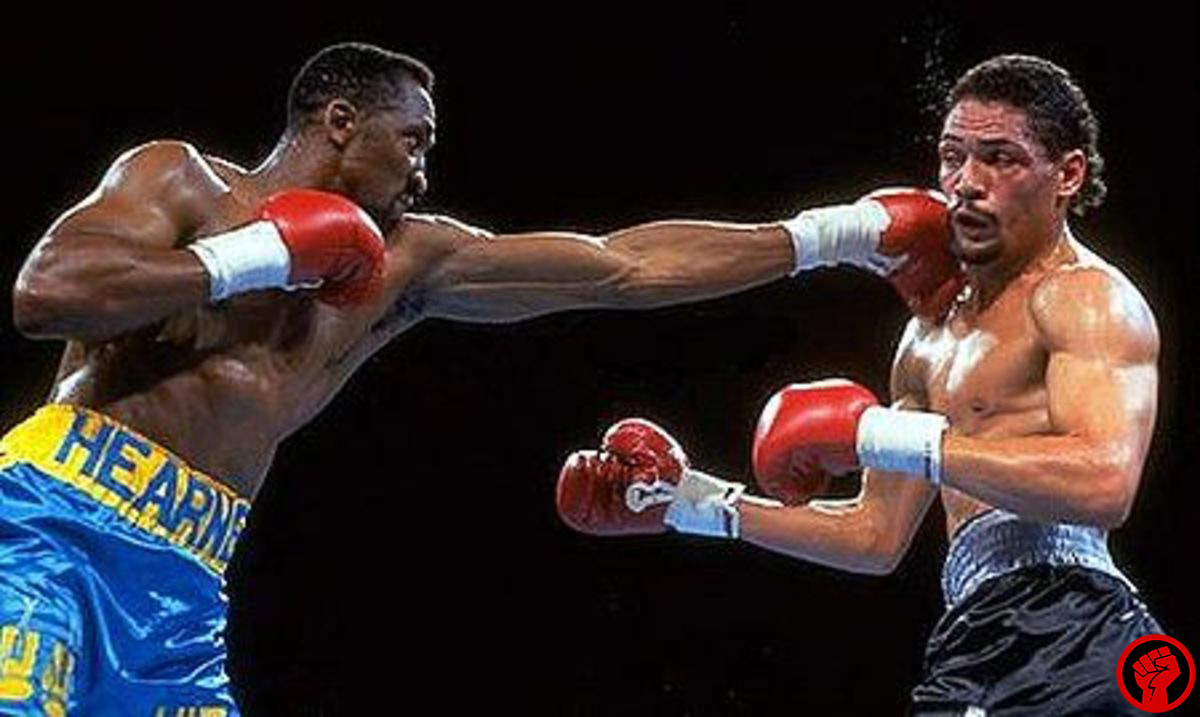When it comes to the intricate world of boxing, understanding every aspect of your physicality can make a significant difference in the ring. One such crucial element is your boxing reach – the measurement that determines the distance your fists can cover. This blog post will explore the importance of knowing your boxing reach, guiding you through the steps on how to measure boxing reach accurately, and providing insights into how you can leverage this knowledge to your advantage.
What is Boxing reach?
Boxing reach which is also known as wingspan is the distance between the tip of your outstretched fist and your shoulder, indicating the maximum distance you can effectively strike your opponent without having to move closer.
It’s an invaluable metric in boxing, influencing your offensive and defensive strategies alike.

Why is it Important to measure boxing reach?
Understanding your boxing reach empowers you with strategic insight.
A longer reach allows you to strike your opponent from a safer distance, reducing the chances of retaliation.
On the other hand, a shorter reach might require you to step in closer to land effective punches.
By knowing your reach, you can tailor your fighting style to capitalize on your strengths and counter your weaknesses.
How to Measure Your Boxing Reach
Step 1: Find a helping hand
Find a partner to help you measure your reach by enlist a reliable partner who can assist you in accurately measuring your reach. Having an extra pair of hands ensures that you would have a precise results.
Step 2: Stand up straight
Position yourself against the wall, ensuring your back is in full contact. Maintain an upright posture and straight shoulders. Your feet should be firmly on the ground, with your heels touching the wall.
Avoid slouching or arching your back; aim for a comfortable stance. Your feet also should be shoulder-width apart.
Step 3: Forming the right angle with your arms
Extend your arms straight out from your sides, forming a perfect right angle with your body. This means your arms should be parallel to the ground.

Step 4: Check your arm angle
Enlist the help of a friend or partner to confirm if your arms indeed form a 90° angle with your body. Alternatively, use a mirror to self-evaluate your posture.
Step 5: Palms to the Wall
Press your palms against the wall, ensuring your back is facing outward.
Step 6: Aligning your elbows and middle fingers
Inspect both sides carefully. Confirm that your middle fingers align in a straight line with your elbows. If needed, make slight adjustments to ensure accuracy.
Step 7: Stretching with precision
Stretch your arms to their maximum length while maintaining the correct posture. Remember to keep your back straight and arms fully extended with aligned elbows.
Expanding your arms to the fullest extent possible is crucial to obtaining an accurate reach measurement. This maximizes the accuracy of your reach calculation.
Step 8: Measuring the result
Have your partner measure the distance between the two marks. Using a measuring tape, your partner should measure the distance between the two markers. Make sure the tape is taut but not pulling your skin.
Tips for Accurate Measurement
1. Fully Extend Your Arms: Ensure your arms are completely straight when measuring. Any bent elbows could lead to an inaccurate reading.
2. Keep Your Shoulders Relaxed: Tense shoulders can alter your reach measurement. Stay relaxed for the most precise results.
3. Don’t Bend Your Elbows: Bending your elbows even slightly can throw off your measurement. Maintain a natural arm extension.
The Boxing Reach of the Greatest
When we take a closer look at the reach measurements of iconic boxers, it becomes clear that the world of boxing is rich with diversity and strategies. Let’s consider two legends as examples: Mike Tyson and Muhammad Ali.
Despite having a shorter reach, Tyson was known for his incredible punching power that allowed him to close in on opponents quickly and deliver devastating blows.
On the other hand, Muhammad Ali showcased a different approach. With his longer reach, he could keep opponents at bay, using his jabs and footwork to control the pace of the fight.

These differences highlight the strategic significance of understanding reach in boxing. It’s not just about arm length; it’s about how you can make the most of it in the ring.
What to do with a short boxing reach
Now you have known how to measure boxing reach. But what if you didn’t have a perfectly reach?
Don’t you worry! Just like Tyson, having a shorter reach need not be a disadvantage. Maneuverability, head movement, and tactical footwork can neutralize opponents with longer reach, giving you the upper hand in close quarters. Read on to know how to maximize your boxing reach.

How to use short reach as your advantage
Swift Footwork: Close the distance with nimble footwork, getting inside your opponent’s reach.
Infighting Mastery: Develop proficiency in close-range exchanges, where your shorter reach becomes an asset.
Evade and Counter: Work on evasive maneuvers, dodging incoming punches and delivering counters effectively.

Range Management: With your reach knowledge, you can control the distance between you and your opponent, choosing when to engage and when to keep a safe distance.
Strategic Punch Selection: Your reach affects which punches are most effective. Capitalize on long-range jabs or close-range hooks depending on your measurement.
Defensive Maneuvers: Understanding your reach despite of its length helps you anticipate opponent’s attacks and allows you to slip out of their range effectively.
Conclusion
Now that you’ve known how to measure your boxing reach, you’re armed with a valuable asset. This measurement can influence your fight strategy in various ways. A longer reach might encourage a jab-heavy approach, while a shorter reach could inspire close-quarters tactics. Your reach determines the dynamics of your encounters, and by understanding it, you can exploit your strengths and mitigate weaknesses.

